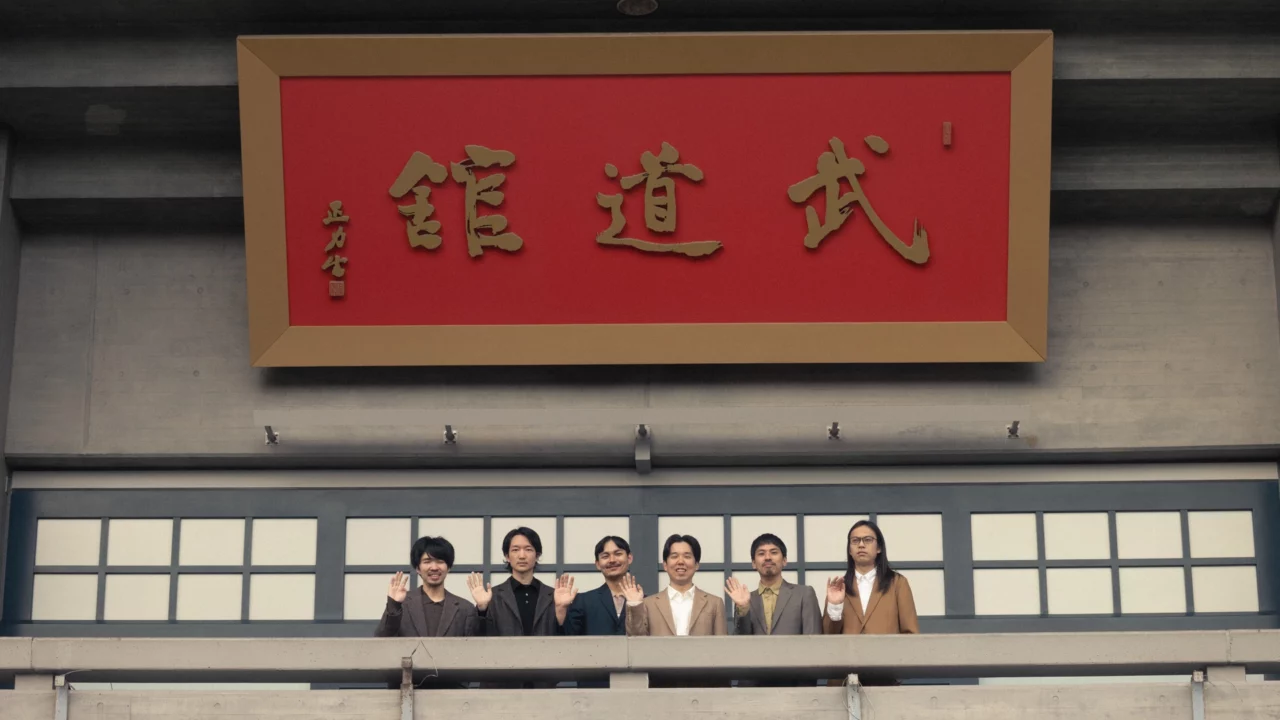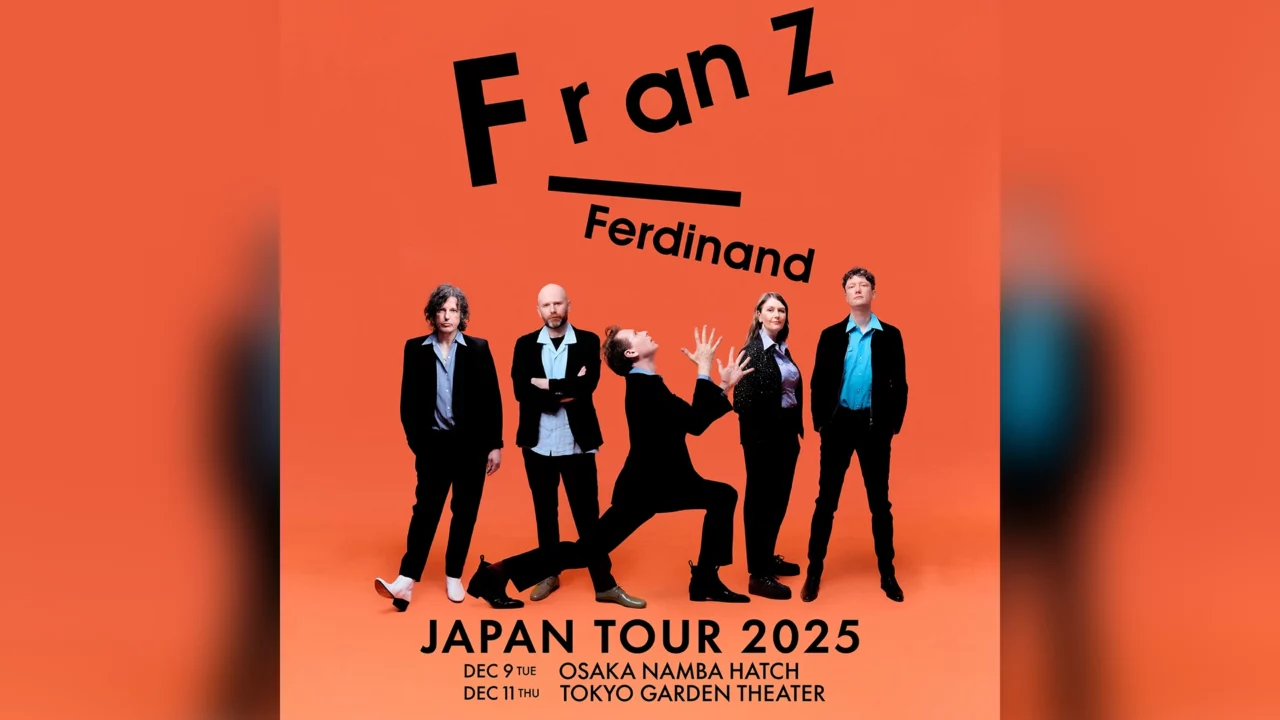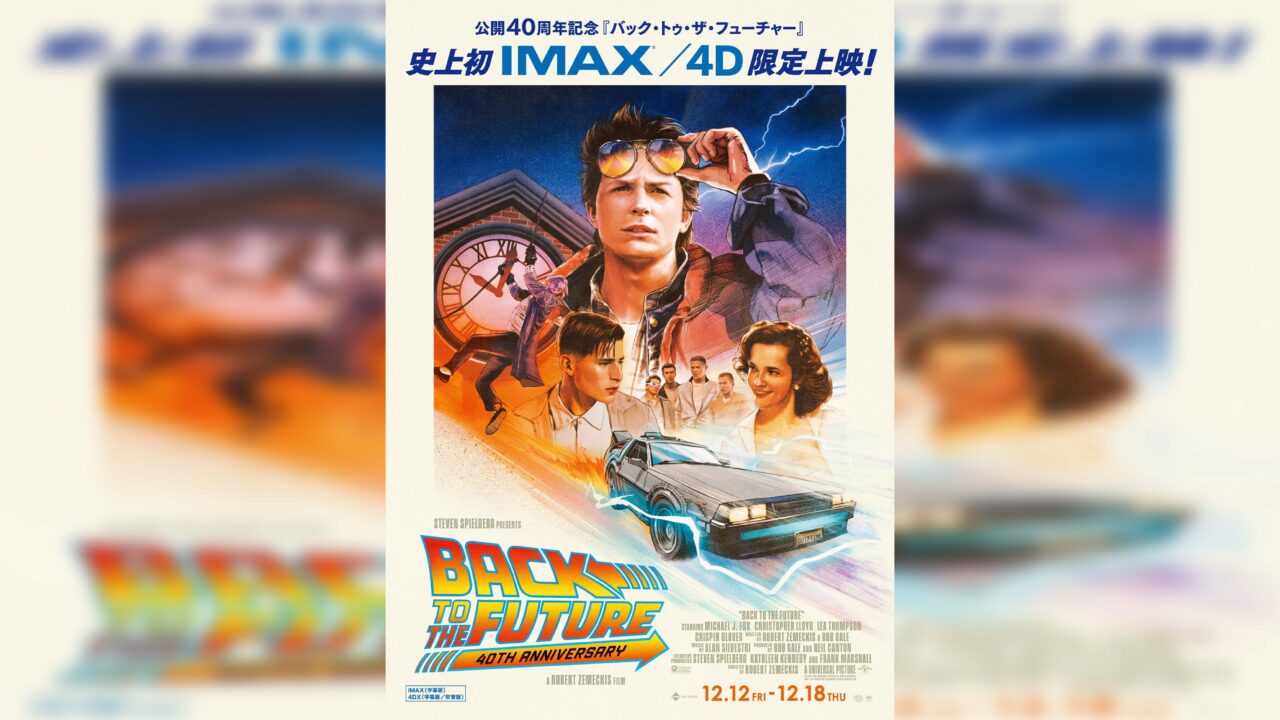INDEX
Embracing the Present: Integrating Non-Fictional Space into Fiction
Do you usually discuss specifics about filmmaking, like how to write a script or find locations?
Igarashi: I don’t think we’ve ever had such discussions. We usually just talk about what we see as we walk around, saying things like, “This scene is interesting” or “That place looks good.” Sometimes, we comment on the vibe of store clerks we encounter during location scouting.
Ota: It’s more about coming to a mutual understanding of specific locations rather than discussing how to make a film.
How did you find the river in ‘There Is a Stone’?
Ota: When we were searching for shooting locations, we chose the river that seemed the most walkable. During the shoot, we actually walked along the river, planning our path day by day—“Today we’ve reached this point, so tomorrow let’s walk from here to there.” We filmed exactly where we walked, so you could say the plot itself was born from that location.

The setting of ‘SUPER HAPPY FOREVER’ is described as “a certain resort area in Izu,” but it was actually filmed in various locations in Izu and Atami, correct?
Igarashi: Yes. I can’t finalize the plot or script until the locations are decided, so once we settle on a place, I start developing specific scenes and adjusting them to fit the actual location. That’s how I approach writing the script.
Ota: If you try to force a shooting location to fit the story, it can increase the level of fiction and make the filming process more complicated.
Igarashi: It’s not just inconvenient; it stifles creativity. For example, if you want to show a corridor and a room as part of the same hotel but they are actually in separate locations, you need to carefully calculate the background scenery and angles. Instead of spending time on that, I prefer to think creatively and capture what’s possible.
Of course, even in the same location, you need to be resourceful to make things work. It’s enjoyable to discuss these aspects with Ota-kun because we share a common approach to space. We can quickly agree on, “This is how we should shoot this.”
Ota: Fundamentally, we both share a mindset of trusting what’s there. Whether it’s a location or people, we prefer to work with what’s available and believe in it.

Ota: Given the previous discussion, I think ‘SUPER HAPPY FOREVER’ is a film with a lavish background. It features not only the actors but also the people who happened to be there, and the sea and cityscapes are clearly depicted.
By the way, I noticed that on set, Igarashi prioritized what appeared in the background, like trying to capture a boy running in the distance. This time, it seems like even more uncontrolled elements from the background were included. Was this a deliberate choice?
Igarashi: In feature films, even if the story’s setting is fictional, what appears on the screen is reality. This reality inevitably seeps into the fiction. Sometimes, when reality overshadows too much, it can create significant gaps in what should be a cohesive fiction. But I actually prefer it when there are many gaps. I believe those gaps are where something emerges between reality and fiction. For this film, perhaps the gaps were created by the sea, streets, and people of Izu and Atami.


























